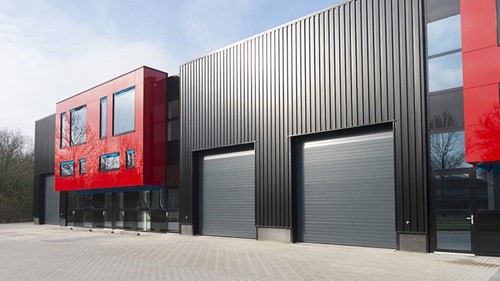Four savvy ways to supercharge commercial investment returns
Commercial property is gaining traction as a real estate investment alternative to residential property, and there are some tips that will ensure the investment is maximised from the outset.
With residential property prices beginning to cool after a record few years of growth, it’s more important than ever to find other ways to manufacture equity to allow continued property portfolio expansion.
Among the most misunderstood areas of commercial property are the creative ways, owners are able to add value to a property to increase its worth. These strategies make commercial property an incredibly powerful asset class, especially during periods of lower capital growth in residential markets.
If you’re looking to maximise your commercial property returns, here are four key things to consider:
Rent increases
One way to slowly build capital in a commercial property is to simply allow the rent to increase over time. If you are negotiating the lease yourself, this could be an opportunity to add value at a faster rate. Most leases have an annual scheduled increase built into them and as the rent grows, so does the commercial property’s value.
There are a few options for annual rent reviews. You can set them to coincide with the CPI (Consumer Price Index), which is the most common approach. A fixed percentage increase is the other main option, with 3 per cent the most common increase; 4 per cent is considered a big increase and anything above that is recognised as very high.
Most tenants would find a 4 per cent, or higher, increase unsustainable for their cost base. It’s worth noting that different markets have different rules, but most use the CPI or 3 per cent. What this means for your return on investment is that with each annual price increase there will be more cash coming in each month. Also, when the property is revalued, the higher the rent the more equity can be released.
Lease terms
Another way to add value is to increase the security level on the property. The longer the lease, the greater the security. Increasing the lease from 12 months to five years would significantly increase the valuation from the moment the lease is confirmed.
Rent adjustments
Part of making a deal great is often a value-add opportunity. One of the easiest methods of adding capital value to your commercial property is by increasing the rent, as values of commercial properties are largely driven by rental returns or the potential for capital growth.
To determine if there is an opportunity to add capital value through rental increases, you need to understand what the going square metre rate is for similar properties in the area. If the tenant is paying $180 per square metre and every other similar property in the area is renting for at least $210 per square metre, there is a potential to raise the rent by $30 per square metre.
This would represent a 16.67 per cent increase in the rental value. If purchased at the old rental income, then the value of the asset could also increase by 16.67 per cent.
The first step is to negotiate the rental rate when legally possible do so. For example, if the lease has three years left to run, there isn’t much that can be done. However, when within 12 months of lease expiration, there may be an opportunity to negotiate with the tenant early on, especially if they love the property and want to stay.
Showing the tenant a spreadsheet with all the other square metre rates in the area can be a good way of enlightening them and helping to justify a rental increase. This is a great strategy to use when the tenant is paying below-market rates. It also takes some of the emotion out of the negotiations. You can easily research comparable properties for lease online (using sites such as CoreLogic) to see how the property stacks up.
Buying under market value
It is possible to purchase properties below their true market value.
This can be done by purchasing an asset off-market without the normal competition from other buyers in the market. Or it can be done by purchasing an asset that has a little short-term risk on it that devalues the asset. This could include a very short lease or some urgently needed maintenance.
Both these cases would turn off certain buyers that can allow you to purchase a better deal. Once you fix the maintenance issues or address the short lease, the value of the asset will rise to what the market value should reflect.
DISCLAIMER: All information provided is of a general nature only and does not take into account your personal financial circumstances or objectives. Before making a decision on the basis of this material, you need to consider, with or without the assistance of a financial adviser, whether the material is appropriate in light of your individual needs and circumstances.




















